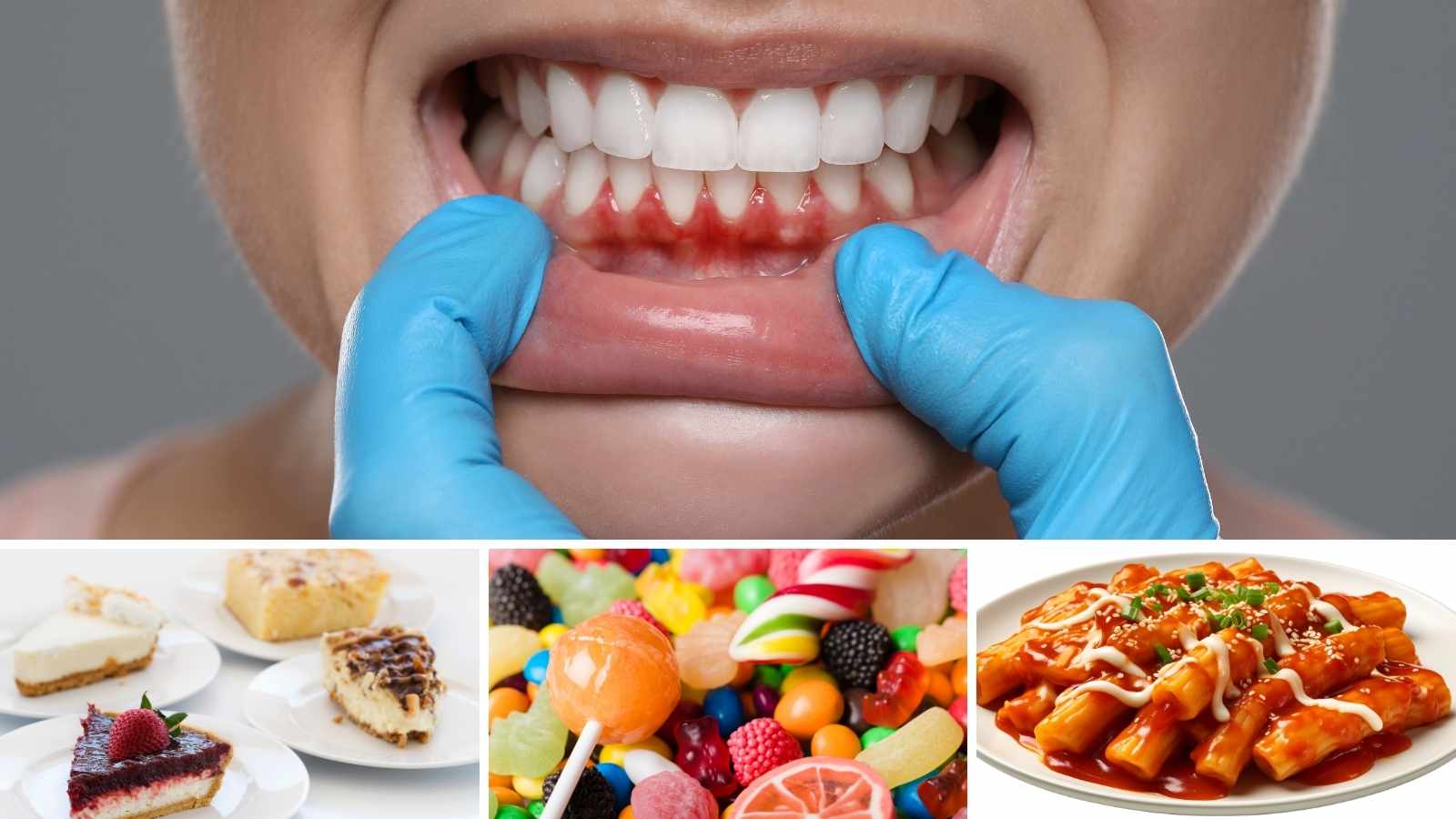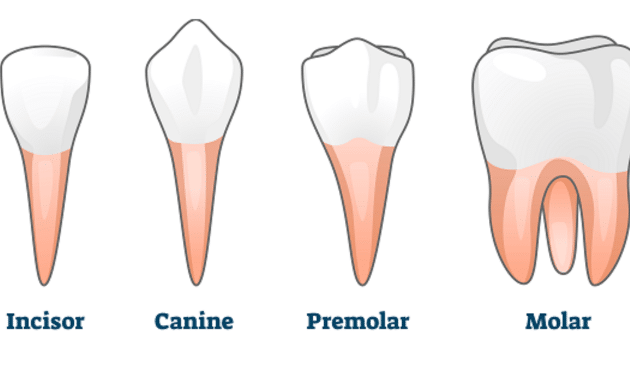
January 19, 2024
Are you familiar with that sinking feeling when you accidentally bite down on something hard and hear a dreaded crack? It’s the sound of a chipped or broken tooth – an unpleasant experience that can leave you in pain and worried about your smile. Whether it happens while eating, playing sports, or even just from a simple accident, dealing with a damaged tooth is never fun. But fear not! In this blog post, we will explore the causes behind chipped or broken teeth, discuss their symptoms, dive into different types of fractures and their severity levels, explore treatment options available to fix them up again and share some valuable prevention tips to keep your pearly whites intact. So grab your dental mirror because we’re about to embark on a journey through the world of chipped or broken teeth!
Causes of chipped or broken teeth
Accidents happen, and sometimes those accidents can lead to chipped or broken teeth. One common cause is trauma to the mouth due to a sports injury or a fall. The impact can be enough to crack or chip a tooth.
Another culprit for chipped or broken teeth is biting down on hard substances like ice, popcorn kernels, or even pens and pencils. These habits put excessive pressure on the teeth and can result in damage over time.
Poor oral hygiene can also contribute to weakened teeth that are more prone to breaking. Cavities that go untreated can weaken the structure of the tooth, making it more susceptible to fractures.
Bruxism, which is grinding or clenching of the teeth during sleep, puts significant stress on the enamel. Over time, this constant pressure can lead to cracks and chips in the teeth.
Age plays a role too. As we get older, our teeth naturally become weaker and more brittle due to wear and tear over time.
It’s important to be mindful of these causes and take preventative measures where possible in order to maintain strong and healthy teeth. Remember – prevention is key!
Symptoms of a chipped or broken tooth
When you have a chipped or broken tooth, it’s important to recognize the symptoms so that you can seek appropriate treatment. While some cases may be obvious, there are also times when the signs might be more subtle.
One common symptom of a chipped or broken tooth is pain. You may experience sharp or throbbing pain when biting down or chewing on food. Additionally, sensitivity to hot and cold temperatures could indicate a dental fracture.
Another telltale sign is visible damage to your tooth. You might notice a small chip on the surface or even see that part of your tooth has completely broken off. In some cases, the breakage may not be immediately visible but can still cause discomfort.
If you’re experiencing any bleeding in your mouth after injuring your tooth, this could also be indicative of a fracture. Furthermore, swelling and inflammation around the affected area can occur as well.
It’s worth noting that not everyone will experience all these symptoms. Some individuals may only feel minor discomfort, while others will have more severe pain and noticeable changes in their teeth.
If you suspect that you have a chipped or broken tooth based on these symptoms, it’s essential to visit your dentist for an evaluation and proper diagnosis. Remember that early intervention can prevent further complications down the road!
Different types of tooth fractures and their severity
Different types of tooth fractures can vary in severity and require different treatment approaches. The severity of a tooth fracture depends on the extent of damage to the tooth structure, as well as its location.
1. Craze lines: These are tiny cracks on the enamel that usually don’t cause pain or require treatment. They often occur from normal wear and tear or biting into hard foods.
2. Chip: A chip occurs when a small piece of the tooth enamel breaks off. It can be caused by trauma, such as biting down on something hard or getting hit in the mouth during sports activities.
3. Cracked Tooth: This occurs when a crack extends beyond just the enamel and affects both the outer layer (enamel) and inner layer (dentin) of the tooth. Cracked teeth can cause sensitivity to hot or cold temperatures, pain while chewing, and an increased risk of infection if left untreated.
4. Fractured Cusp: This type of fracture involves breaking off a part of the tooth’s chewing surface called a cusp. It may not always cause pain but could lead to discomfort while eating certain foods.
5. Vertical Root Fracture: This is one of the most severe forms of dental fractures where there is a complete break in both root canal-treated teeth or natural teeth that have large fillings present within them.
Treatment Options For A Chipped Or Broken Tooth
Treatment for a chipped or broken tooth depends on the severity of the fracture. In cases where only a small piece of enamel has chipped off, no treatment may be necessary. However, if the damage is more extensive and involves the inner layers of the tooth, it’s important to seek professional dental care.
One common treatment option for a chipped or broken tooth is dental bonding. This procedure involves applying a composite resin material to the affected area and then sculpting it to match the shape and color of your natural teeth. Dental bonding is a relatively quick and painless procedure that can restore both aesthetics and function.
Another option for repairing a chipped or broken tooth is getting a dental veneer. Veneers are thin shells made from porcelain or composite materials that are custom-made to fit over the front surface of your teeth. They can not only fix chips but also improve overall appearance by correcting issues like discoloration or misalignment.
If you have experienced severe damage to your tooth, such as when there is significant loss of structure or nerve involvement, you may require more extensive treatments like dental crowns or root canal therapy. These procedures aim to protect any remaining healthy tooth structure while restoring its strength and function.
It’s worth noting that in some cases, especially when there is extreme damage beyond repair, extraction might be necessary, followed by options such as implants, bridges, or dentures to restore missing teeth.
Remember that early intervention plays an essential role in successful treatment outcomes for chipped or broken teeth. Therefore, it’s crucial to consult with your dentist promptly after experiencing any trauma or noticing signs of damage.
Prevention Tips For Maintaining Healthy Teeth
- Prevention is always better than a cure, especially when it comes to maintaining healthy teeth. By following some simple tips and incorporating good oral hygiene practices into your daily routine, you can significantly reduce the risk of chipping or breaking a tooth.
- First and foremost, brush your teeth at least twice a day using fluoride toothpaste. This helps remove plaque and bacteria that can weaken enamel over time. Remember also to clean the gum line gently to prevent gum disease.
- Flossing should never be skipped! It helps reach areas between teeth where brushing alone may not effectively clean. Make sure to floss once a day using the proper technique for optimal results.
- Avoid chewing on hard objects like ice cubes or pens as this can lead to dental trauma. Similarly, refrain from using your teeth as tools for opening packages or bottles – leave that job for scissors!
- A balanced diet is crucial for overall health, including strong teeth. Limit sugary snacks and drinks, which can contribute to tooth decay. Instead, opt for foods rich in calcium and vitamin D, such as dairy products and leafy greens.
- Regular dental check-ups are essential in order to catch any potential issues early on. Your dentist will be able to identify signs of decay or weakened enamel before they become major problems.
- Wear protective gear during physical activities or sports that carry a higher risk of facial injury (such as football or martial arts). Investing in a mouthguard can help minimize damage if an accident occurs.
Maintaining healthy teeth is crucial for our overall well-being. Unfortunately, accidents happen, and chipped or broken teeth can occur. However, understanding the causes and symptoms of these dental issues can help us address them promptly.
There are various reasons why a tooth may become chipped or broken, including trauma from accidents or sports injuries, biting down on hard objects, grinding or clenching of the teeth, and tooth decay. It’s important to be mindful of these factors to prevent further damage.
Recognizing the symptoms of a chipped or broken tooth is essential for seeking appropriate treatment. These may include sharp pain when biting down or chewing food, sensitivity to hot and cold temperatures, swelling around the affected area, and visible cracks or pieces missing from the tooth.
Different types of tooth fractures vary in severity – from minor chips that only affect the enamel to more significant breaks that reach into deeper layers of the tooth. The severity will determine the suitable treatment options recommended by your dentist.
Repairing a chipped or broken tooth can involve several approaches depending on its extent. These treatments range from simple bonding procedures where composite resin material is used to fill in small chips to more extensive procedures like dental crowns or root canal therapy if there is damage to the nerve inside the tooth.
Prevention plays a vital role in maintaining healthy teeth and avoiding potential problems like chipped or broken teeth. Practicing good oral hygiene habits such as brushing twice daily with fluoride toothpaste, flossing regularly, and wearing mouthguards during sports activities that pose a risk of dental injury can greatly reduce your chances of experiencing this issue.






